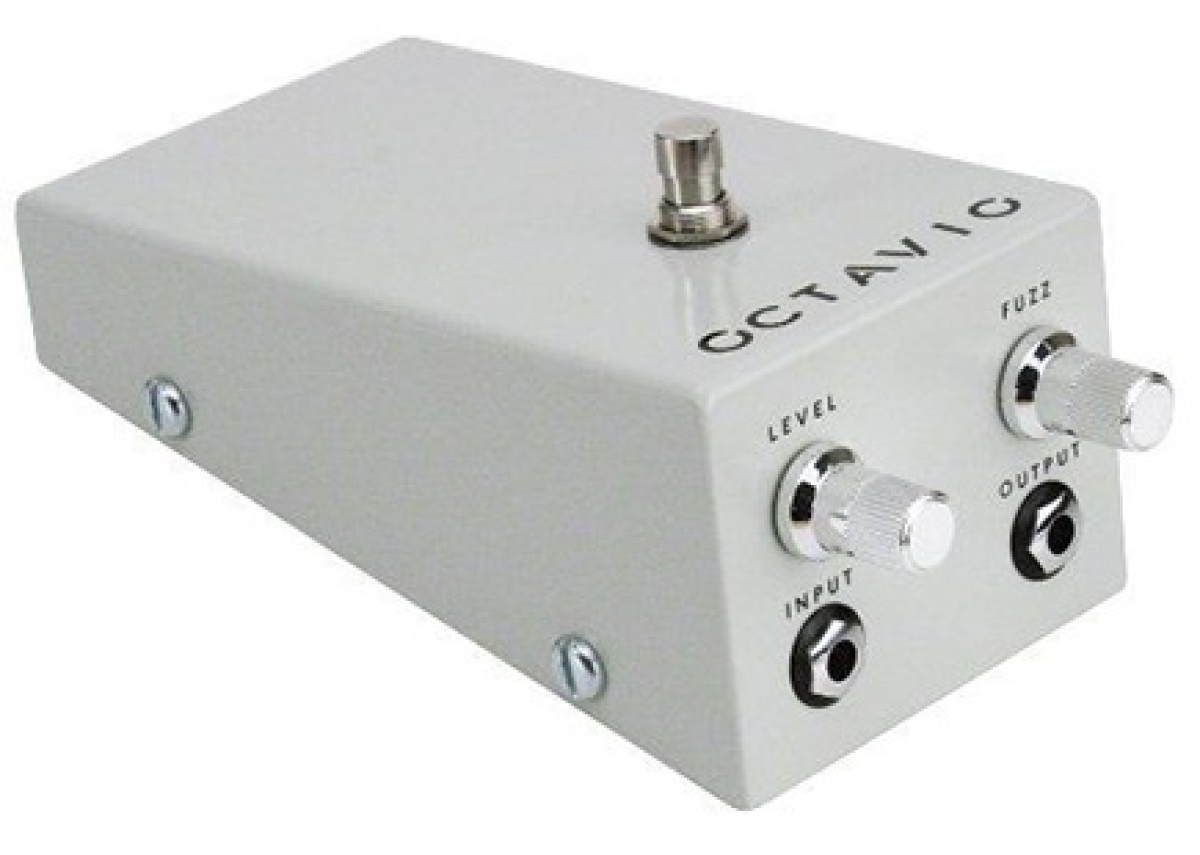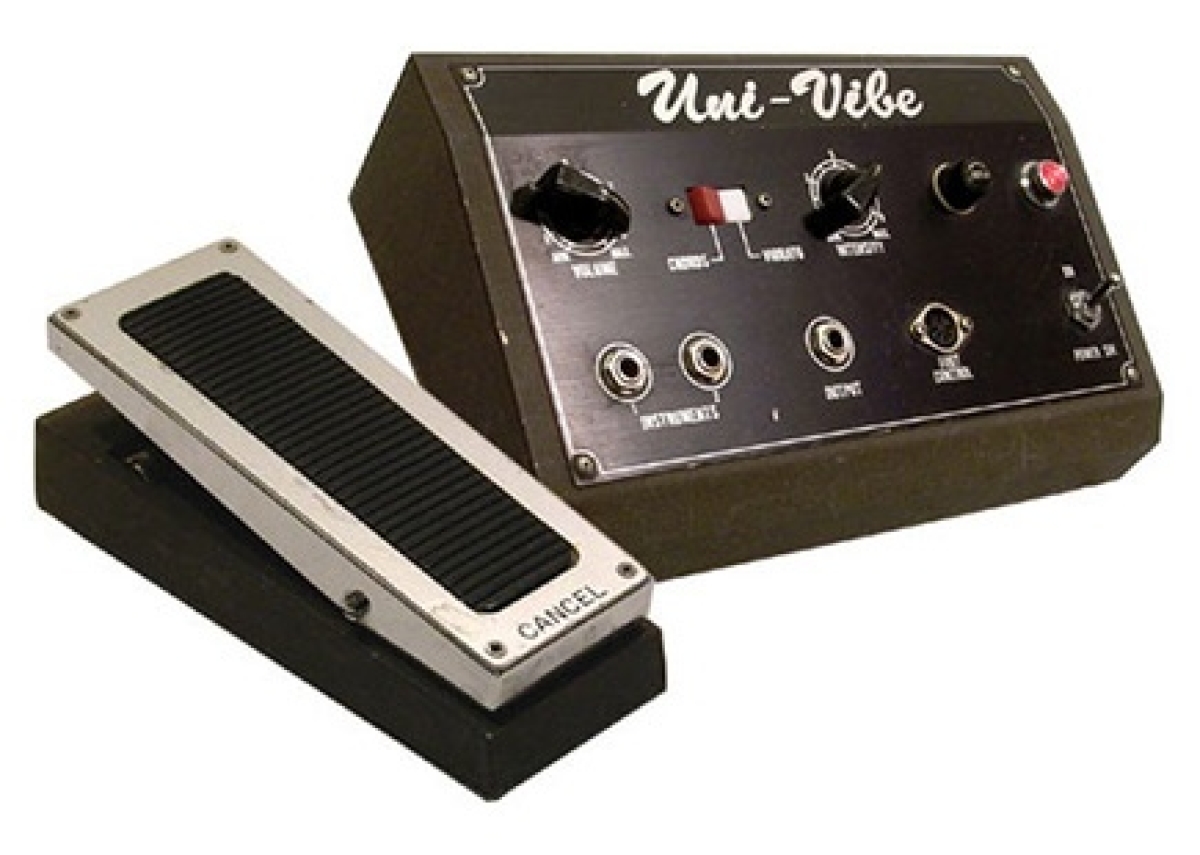Jimi Hendrix: creative mastermind, game changer, technological wizard. In other words, an all-round genius

Jimi Hendrix
When Lucy Smith, the publishing director, asked me if I would consider writing a piece on Jimi Hendrix, it first took me completely by surprise and then within seconds became an irresistible opportunity.
Because as a source of joy and inspiration, the only way that I can sum him up is one word – extraordinary, in the true sense of the word.
And the opportunity to explain why he had this impact on me and many others of my and later generations was just too good to let slip by.
A Creative Genius
Quite simply, Jimi Hendrix was a creative genius and a game changer.
A unique persona that remains impossible to imitate.
He defined the era in which he lived in a few short years (he arrived In London in 1966 and was dead from abuse of drugs six years later).
I have heard it said that there was guitar before Hendrix and guitar after Hendrix in the same way that Christians define life before Christ and life after Him.
As Greg Kot of the Chicago Tribune put it, “There is a sense that Hendrix was a Halley’s Comet of rock guitar”... and that the arrival of his ground-breaking 1967 debut album, Are You Experienced? “was akin to tectonic plates shifting, the earth moving beneath a culture’s feet”.
But perhaps the even more striking relevance he has for us in 2020 is the way in which, as a creative superstar, he embraced technology and his innovative approach to its application, never slavishly following it, always looking for new untested roads it could take him down, but remaining in control.
Unlike the advertising world in which we currently reside where technology seems to be taking over.
A Genius With Technology
Hendrix was inspired by American rock and roll and electric blues, Muddy Waters, T-Bone Walker, Son House, Robert Johnson, Memphis Slim, to name but a few.
He favoured overdriven amplifiers with high volume and gain, and he was instrumental in popularising the previously undesirable sounds caused by guitar amplifier feedback. He was also one of the first guitarists to make extensive use of tone-altering effects units in mainstream rock, such as fuzz tone, Octavia, wah-wah, and Uni-Vibe.
Hendrix was the first musician to use stereophonic phasing effects in recordings. Holly George-Warren of Rolling Stone wrote: “Hendrix pioneered the use of the instrument as an electronic sound source. Players before him had experimented with feedback and distortion, but Hendrix turned those effects and others into a controlled, fluid vocabulary every bit as personal as the blues with which he began”.
The technology broadened and expanded his creative potential and took his music into uncharted territories.
It’s worth spending a paragraph getting under the skin of the technology he harnessed and a couple of the devices he used, to yet again underline the way in which it enabled him to exploit his desire to chart new territories of musical expression for the guitar.
The Octavia is a device invented by Roger Mayer which, in his own words “Produces a sound that is an octave higher than the note you are presently playing.
This doubling effect is accomplished through electronic mirror imaging techniques which are programme sensitive and also respond to the feedforward inputs of the player. The electronic circuitry is analog in design and responds to all the subtleties and harmonic overtones from the guitar.
The effect is "unique and human in quality”... and that’s what really matters. No matter how smart or new the technology is, the effect it creates is not that of a machine or in today’s terms, AI, it is essentially human.
Purple Haze was the first recording on which Hendrix was heard using the Octavia effect. It has the effect of a sitar or if you can imagine Ravi Shankar meets BB King.

The Uni-Vibe is a device designed to emulate the effect of a rotating speaker.
Originally a complement to the electronic organ, the rotating speaker provides a choice of chorus and vibrato effects. The first recorded example of Hendrix using this effect is at the Woodstock Festival in August 1969, when he famously played Star Spangled Banner, delivering at the height of the Vietnam War, a sardonic yet totally original take on the US national anthem.... before he later set fire to his Fender Stratocaster.
Hendrix combines Fuzz effect and the Univibe to give the effect of organ players at baseball games… yes, in the States in the 60s they still had organ players at baseball games. It’s also reminiscent of the sound free-jazz saxophone players produce when they overblow and almost sing through the horn for a very ragged, but vocal-like quality. The combination of effects and pushing them to the limit, with the Marshall stack at the extreme volume edge of feedback all combined to deliver the anthem in a way never heard before or since.

You know, for me it's colours.
In the film biopic of his first couple of years in London, Jimi: All Is By My Side, Hendrix claims: “I want my music to go inside the soul of a person. You know, for me it's colours. I want people to feel the music the same way I see it. It's just colours. That's it. The rest is just painted with a little science fiction here and there”.
We live in a world where increasingly the application of technology seems to be replacing intuition and creative interpretation and where creativity is becoming the slave, rather than the master, where instead of feeling colours and painting them with a little science fiction we use the technology to paint the colours for us replacing the imagination of the artist.
With Hendrix it was quite the reverse. His inspiration was electric (and acoustic) blues and American rock and roll. Technology was a tool he could exploit to bring a whole new feel to the music he loved.
Creativity was the master and technology the slave.
In advertising today, the obsession seems to be with the efficiency of the delivery of the message rather than the message effectiveness, which in turn is reliant upon imagination and insight.
Rory Sutherland emphatically made the point last year that, “Marketing is one of those complex fields of human activity, like military strategy or sex, where efficiency and effectiveness are poorly correlated”. He makes the point that efficiency would have led the D-Day landings to Calais rather than Normandy, as a result of which we could well still be living under German rule… my observation, not Rory’s.
An All-Encompassing Genius
However, merely to focus on Hendrix’s brilliant and original exploitation of technology falls far short of adequately describing his all-encompassing genius.
He was an extraordinarily talented songwriter, singer and showman (his antics on stage making Jagger look like he is still in primary school) who was recognised as such by the highest profile rock stars of the 60s.
As Dave Mason of Traffic (one of Hendrix’s UK contemporaries) put it: “I think it was the same for all the musicians who saw Hendrix at that time. Even the established star names guitarists like Clapton and Beck. There was a whole paradigm shift. He seemed to come from a much more authentic, savage place. It wasn’t some English guy trying to copy what they thought was going on in America”.
He truly was the real thing with his love of the Blues driving him and his time on the road with talents such as the Isley Brothers and Little Richard honing his raw aggressive skills.
But the greatest lesson Hendrix picked up from his predecessors was more one of attitude than technique.
In the hands of Buddy Guy, Les Paul or Bo Diddley, the guitar was a sound machine rather than an instrument with a prescribed vocabulary.
Hendrix saw the possibilities outside the rule-book margins and unlike Buddy Guy, found a band with the Experience, a manager with Chas Chandler and a record company who let him wander into the wild fearlessly. Greg Kot again: “He left behind hundreds of tracks and works in progress while recording a handful of officially released studio albums, a testament to how much he loved to explore, and how difficult he was to please. He tirelessly chased the sounds he heard in his head until his death, as if he knew that was the only way to create a myth worth remembering”.
Again, from the film All Is By My Side, Hendrix claims: “It's not about being better, you know, or anything-anything like that. You know, it's about being inspired. And I'm inspired by everybody. I'm inspired by all kinds of people. You know, it's art to me. You know, and with art – it's just showing something that you've never seen before. Or, or even if it's something that you see every day just showing it in a new way, you know. So I should, I should be able to take, like, any song and I should be able to take Auld Lang Syne and do it in a new way you've never even heard it before. You know what I mean? So – it's all inspiration and inspiring other people”.
He claimed that he could take any track and make it sound completely different.
This difference was achieved through a combination of creative ingenuity, the application of technology and pure showmanship.
The first song the Experience performed at the Saville Theatre on 4 June 1967, in front of all the music and rock legends of the day, including Paul McCartney, George Harrison and Brian Epstein, was Sergeant Pepper’s Lonely Hearts Club Band, which the Experience had never performed and which Hendrix played to them in the dressing room (the opening track of the album he had just bought) five minutes before going on stage.
His performance brought the whole audience to its feet, including McCartney and Harrison.
The Hendrix Legend
And this is why his legend will live on.
As well as an artistry on stage, that often defied belief, he wrote stunning music (The Wind Cries Mary took him 20 minutes to compose after an argument with his girlfriend), made the guitar sing with a never-before-heard vocal power and brought a level of sexual power to his performances, unmatched before or since... and above all else he was always searching for new ways forward.
At the time of his death, he was planning to go into the studio with some of the best-known jazz artists of the time in an experiment that could have yielded some truly original outcomes from a fusion of talents and styles that hadn’t been tried before.
There is so much more to tell of Hendrix and his history from his early years to his meteoric rise on his arrival in London (for which there is neither time nor space here) and from which there are lessons for us all in the ad business on how to achieve creative virtuosity, how there is no substitute for doing the hard yards and the benefit of ceaselessly and tirelessly pursuing innovation.
And above all else, for today’s practitioners, the lesson on how to use technology rather than be exploited by it.
We should listen more to what we can learn from a creative genius like Hendrix which brings me neatly to my favourite Hendrix quote – ‘Knowledge speaks. Wisdom listens.’
If you enjoyed this article, you can subscribe for free to our weekly email alert and receive a regular curation of the best creative campaigns by creatives themselves.
Published on:


